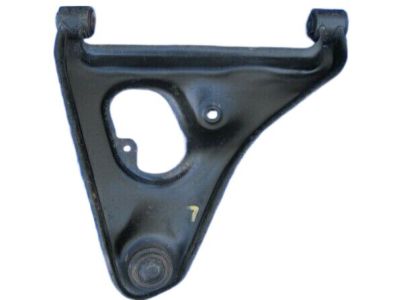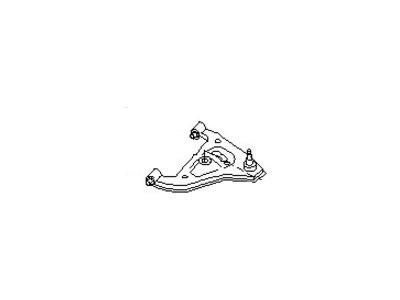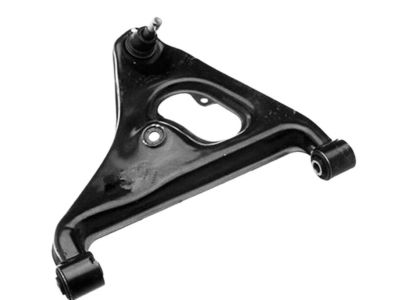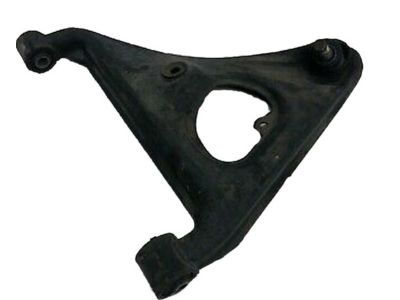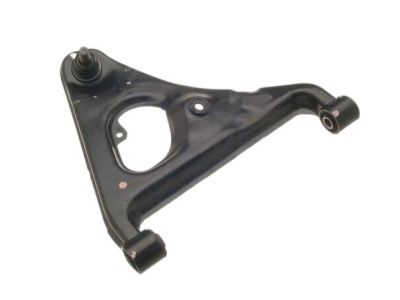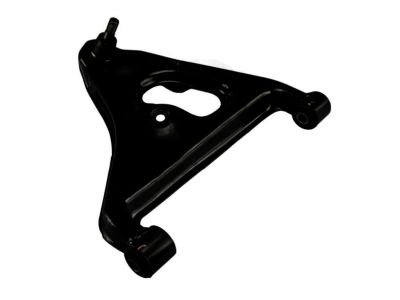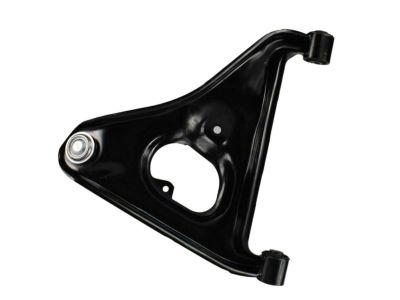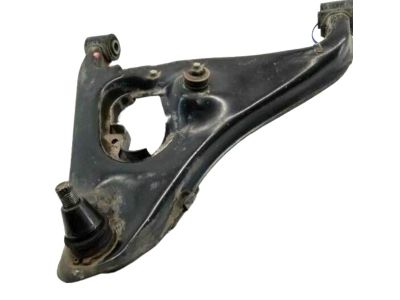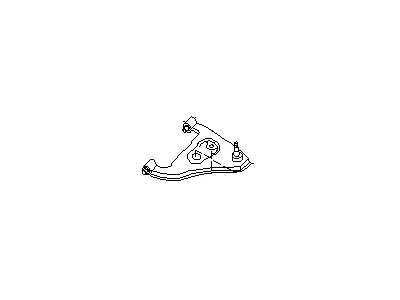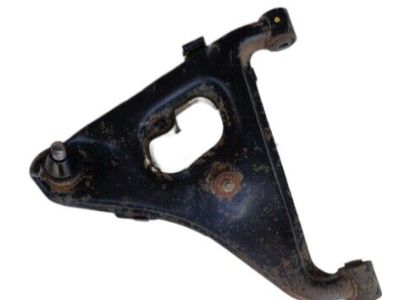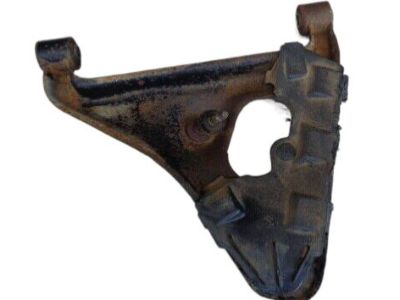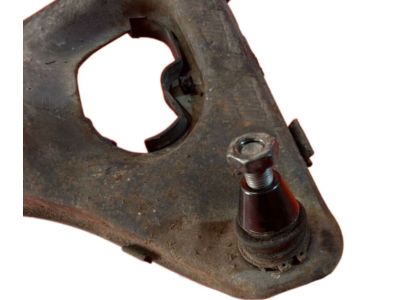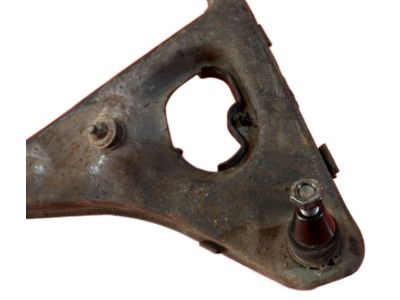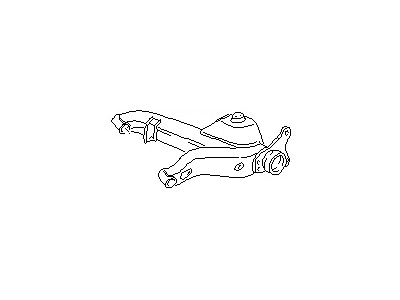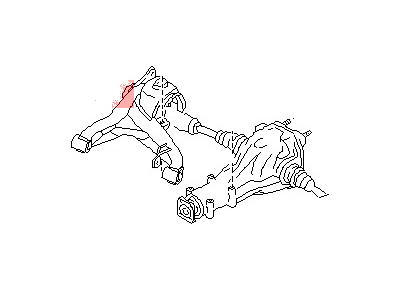×
- Hello
- Login or Register
- Quick Links
- Live Chat
- Track Order
- Parts Availability
- RMA
- Help Center
- Contact Us
- Shop for
- Nissan Parts
- Nissan Accessories

My Garage
My Account
Cart
Genuine Nissan 300ZX Trailing Arm
Trailing Control Arm- Select Vehicle by Model
- Select Vehicle by VIN
Select Vehicle by Model
orMake
Model
Year
Select Vehicle by VIN
For the most accurate results, select vehicle by your VIN (Vehicle Identification Number).
14 Trailing Arms found

Nissan 300ZX Arm Rear Suspension
Part Number: 55502-44P00$226.89 MSRP: $312.52You Save: $85.63 (28%)Ships in 1-2 Business DaysNissan 300ZX Arm Assy-Rear Suspension,LH
Part Number: 55502-33P00$221.26 MSRP: $312.52You Save: $91.26 (30%)



Nissan 300ZX Trailing Arm
If you need any OEM Nissan 300ZX Trailing Arm, feel free to choose them out of our huge selection of genuine Nissan 300ZX Trailing Arm. All our parts are offered at unbeatable prices and are supported by the manufacturer's warranty. In addition, we offer quick shipping to have your parts delivered to your door step in a matter of days.
Nissan 300ZX Trailing Arm Parts Questions & Experts Answers
- Q: How to remove and reinstall the rear suspension components and ensure proper alignment on Nissan 300ZX?A:Remove the rear spring and the rear stabilizer bar, then take off the brake caliper and brake rotor. Use a flare nut wrench to disconnect the brake line hose at the body mounting bracket, removing the spring clip to free the hose with pliers. Locate the two through bolts securing the suspension arm to the suspension crossmember, noting the head of the innermost retaining bolt and the alignment marks on the special bolt head/washer component; if the marks are not easily visible, use paint to mark the bolt location in relation to the suspension arm, as this component is used to align the wheel assembly. Remove the two retaining through bolts, taking note of the location and sequence of any bushings and washers before taking off the suspension arm. Inspect the suspension arm for deformation and structural cracks, replacing it if necessary, and check the bushing for wear or damage; if replacement is needed, take the suspension to a qualified service center for bushing replacement with a press. Install the suspension arm, matching the alignment marks made during removal on the innermost through bolt, and perform final tightening of these bolts once the wheels are mounted and the vehicle is on the ground under curb weight. Connect the rubber hydraulic hose to the bracket retaining it to the body and secure it with the spring clip, then attach the metal hydraulic brake line to the rubber brake hose. Finally, install the rear spring and rear stabilizer bar, followed by the rotor and brake caliper, bleed the hydraulic system, remove the jackstands, and lower the vehicle, ensuring to tighten the suspension arm through bolts and the lower shock absorber and rear stabilizer bar mounting bolts to the specified torque.

